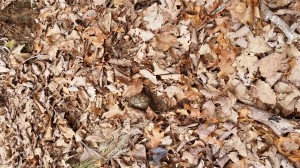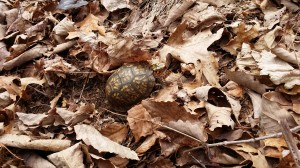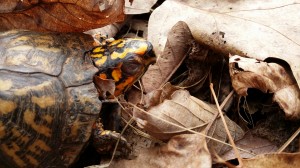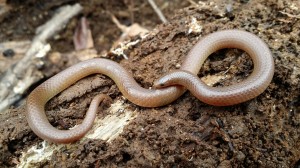Like the amphibians, I am reemerging after a long cold winter. Since my last post, which was many months ago, not much has happened in my research world besides applying for numerous grants to maintain sufficient funding to keep me moving this field season. I was also lucky enough to be on the Ohio University Graduate College Fellowship this year which allowed me the time to apply to more grants, better prepare for field work, and most importantly start my field season earlier. Many of my low elevation sites become much to warm for salamanders later in the year so an early start will help me fill in many of my sampling gaps. Also now that the field season is starting up, I am really hoping to keep updates coming much more frequently focusing on natural history observations during this spring and summer.
The 2014 field season kicks off Friday, March 21st when I head to northern Georgia. I will be working my way up to Virginia during this first trip before returning to Athens in early April. I will make a couple more trips down south before starting the bulk of my field work on May 9th. Below is my tentative schedule which I will try to keep updated. If anyone wants to come see come salamanders let me know!
I will also be attending the 2014 Plethodontid Meeting in Tulsa, Oklahoma May 18th-20th. This meeting only occurs once every 5-10 years so I am really excited to get to participate in this event. Eighty talks/posters on plethodontid salamanders, how can you not be excited!?
For now, I will continue preparing for a long spring and summer of field work, be on the look out for a salamander filled post next week!




